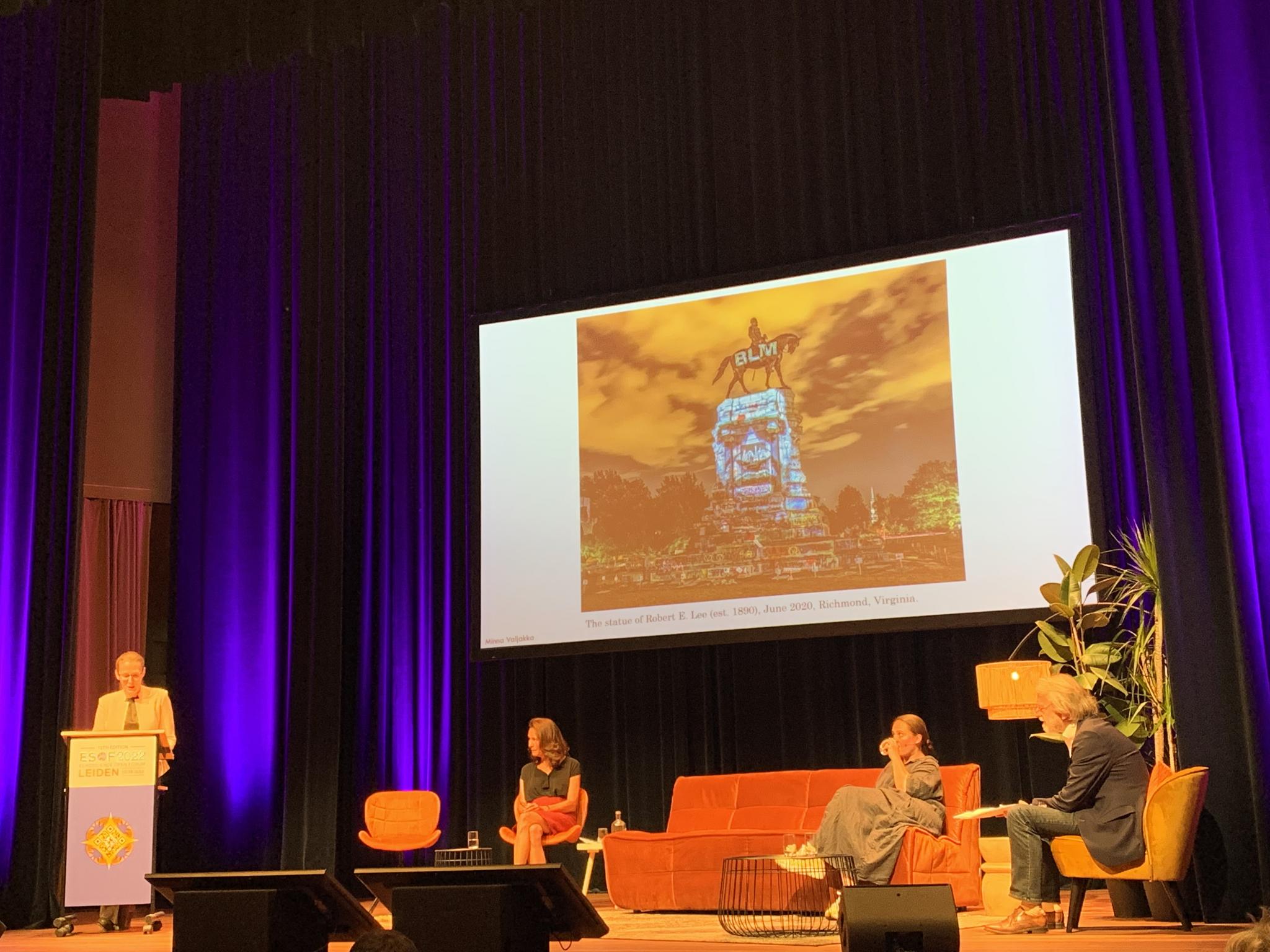Report on the ESOF Session ‘Contested Heritage’ - by Student Reporter Catherine E. Brenner Galli
The session ‘Contested Heritage’ took place at the Aalmarkt stage (Staadsgehoorzaal) in Leiden, on 14th July 2022. The session was intermediated by Pieter ter Keurs (Leiden University; Scientific Director of the Centre for Global Heritage and Management). The speakers who contributed to the debate are, in order of appearance, Michael Rowlands (UCL), Evelien Campfens (Leiden University; Centre for Global Heritage and Management), Britte Sloothaak (Stedelijk Museum), and Minna Valjakka (Leiden University).
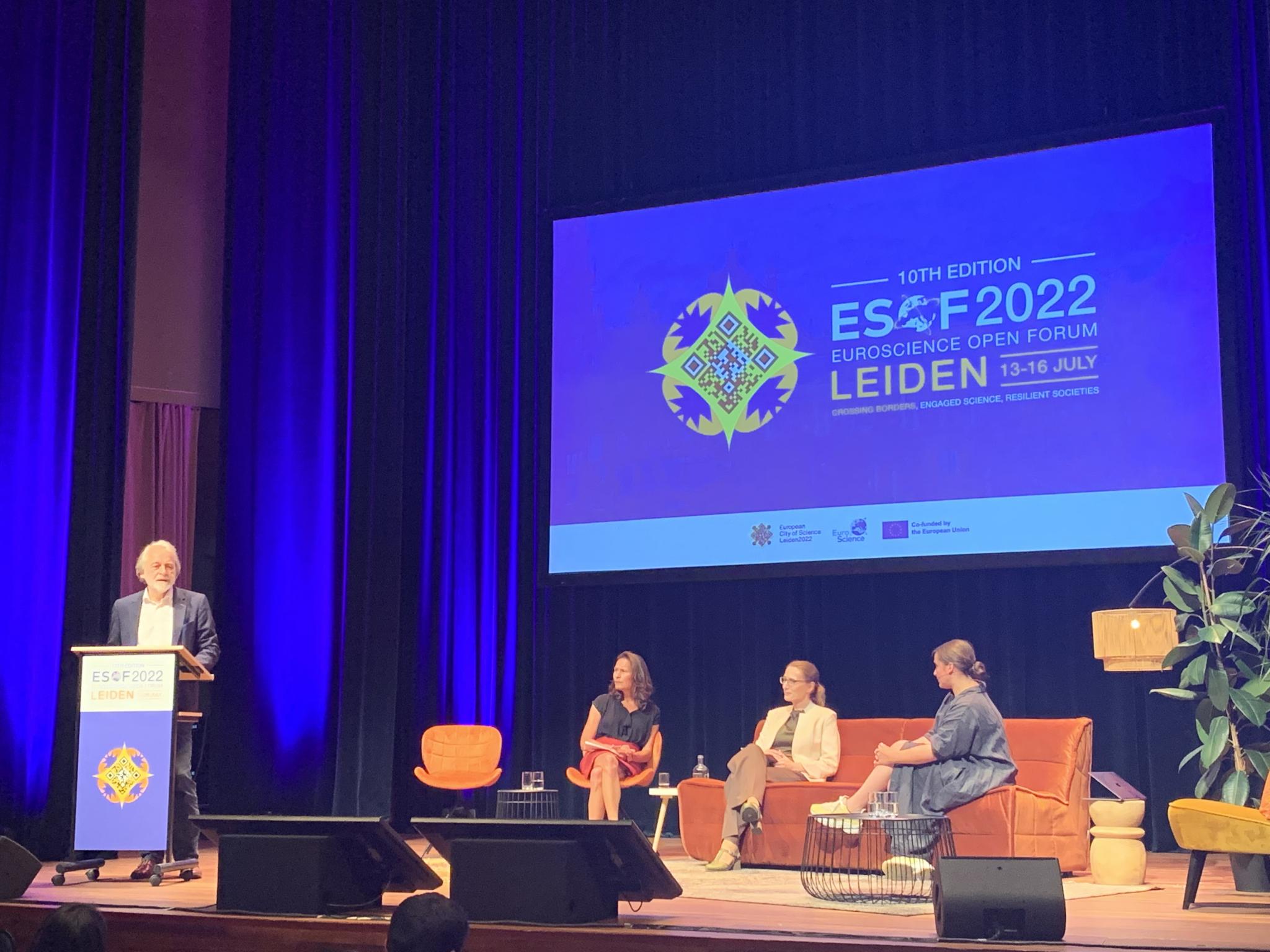
The session started with Pieter ter Keurs’ introduction on what contested heritage can mean by showing a video of Edward Colston’s statue being thrown in the river by anti-racism protestors on 07.06.2020. Following the tragic murder of George Floyd on 25.05.2020, protestors tore the statue down and suffocated it using the same gestures and tactics used to kill George Floyd. Edward Colston’s statue was erected on a public square in Bristol, England and, although he was a slave trader, he was also regarded as a philanthropist by some. Needless to say, the presence of the statue sparkled the rage of many, especially ancestors of enslaved peoples.
As pointed out by Michael Rowlands, contested heritage is debated because, in a vast majority of cases, it ignored local, traditional, and indigenous ideas and values. Since UNESCO’s ideas of global and universal values are widely based on Western-European values, these codes end up not being global and universal after all. The NARA Convention of 2005 came as an answer to this issue by stating the need to recognise local cultural diversity and authenticity as key values. After all, heritage cannot and should not be imposed.
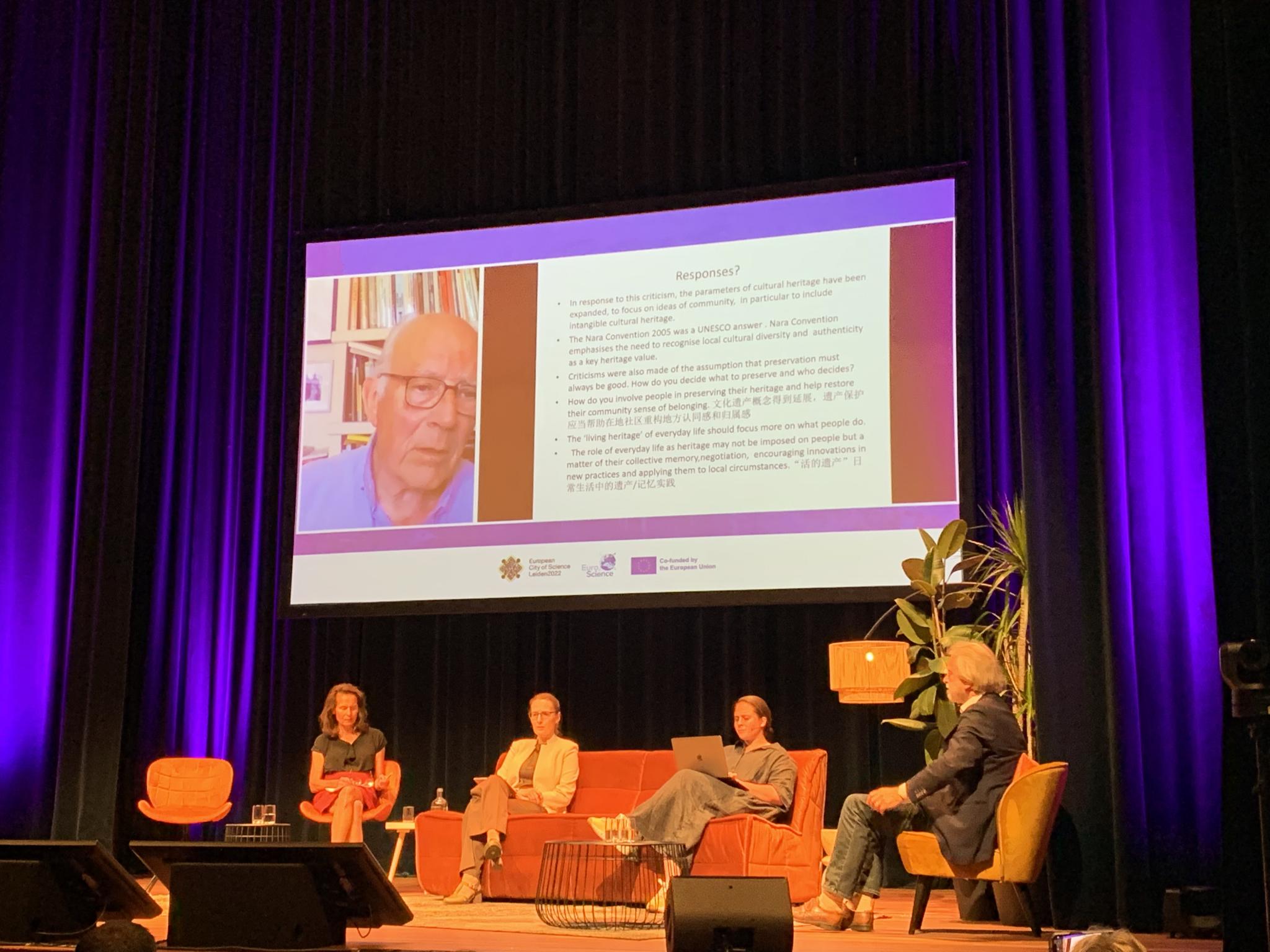
Evelien Campfens followed in the session by explaining how contested heritage can raise questions about to whom archaeological finds belong, for example, whether they belong to the State or the community. According to Campfens, contested heritage is not only about stolen possessions but also about recognising past injustices. While legal tools are still evolving in order to attend to the needs and efficiency of contesting heritage properly, the researcher also pointed out to bear in mind that artifacts shouldn’t be seen as objects solely, but rather as items able to tell stories about communities and their past.
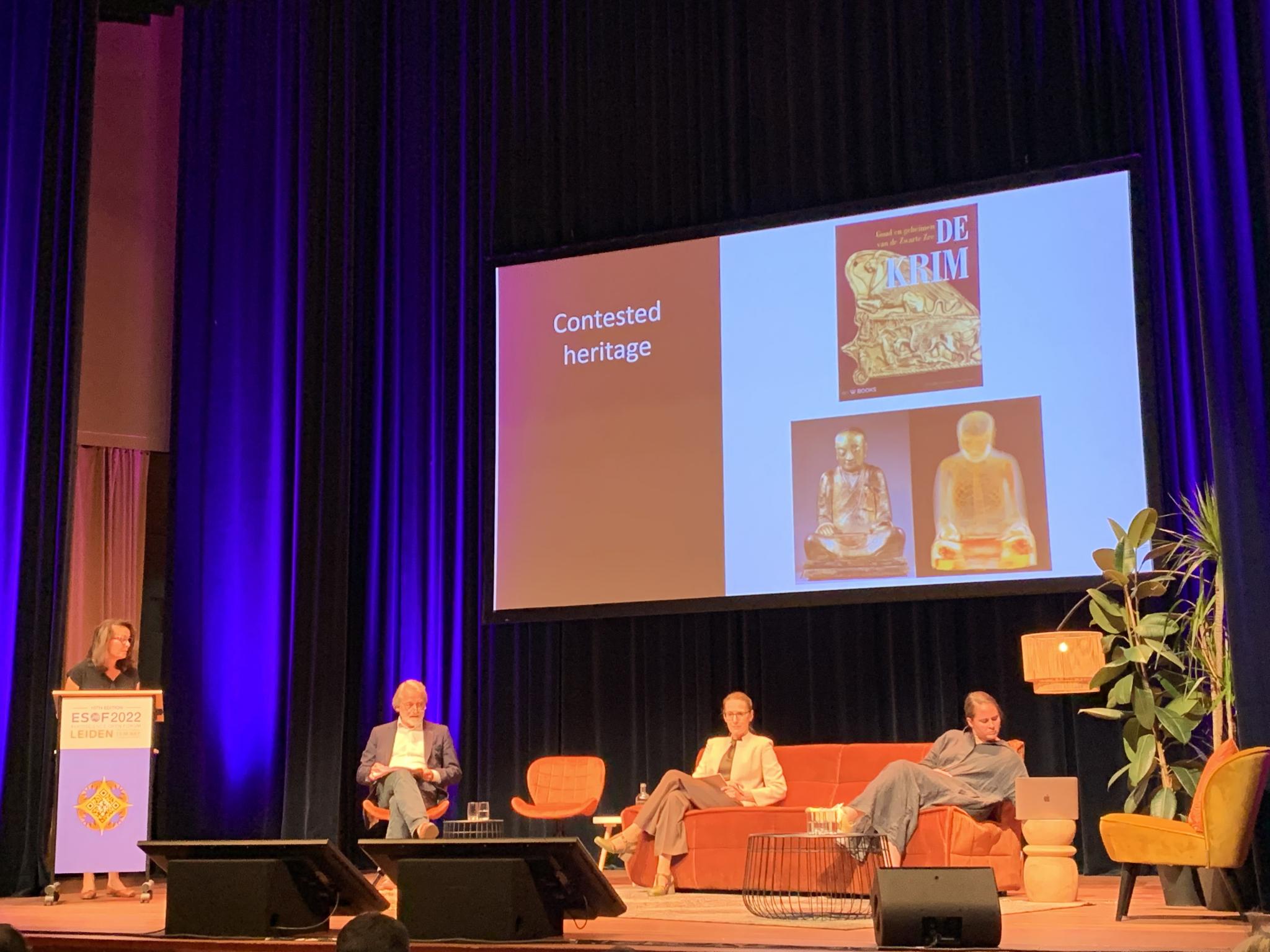
Britte Sloothaak presented a very intriguing talk by questioning who actually owns the power of knowledge. Considering that museums usually had most of their objects donated by rich families, it becomes quite clear that the things we cherish in museums are actually the products of what specific classes considered appropriate to be accessible and esteemed by the wider public. Unfortunately, this also goes the other way as Sloothaak highlights that “what is unknown in unloved”, showing that it is by exhibiting artefacts that they become wanted and treasured. Needless to say, what most people value in museums is an echo of what wealthy families have chosen to like and display to the public.
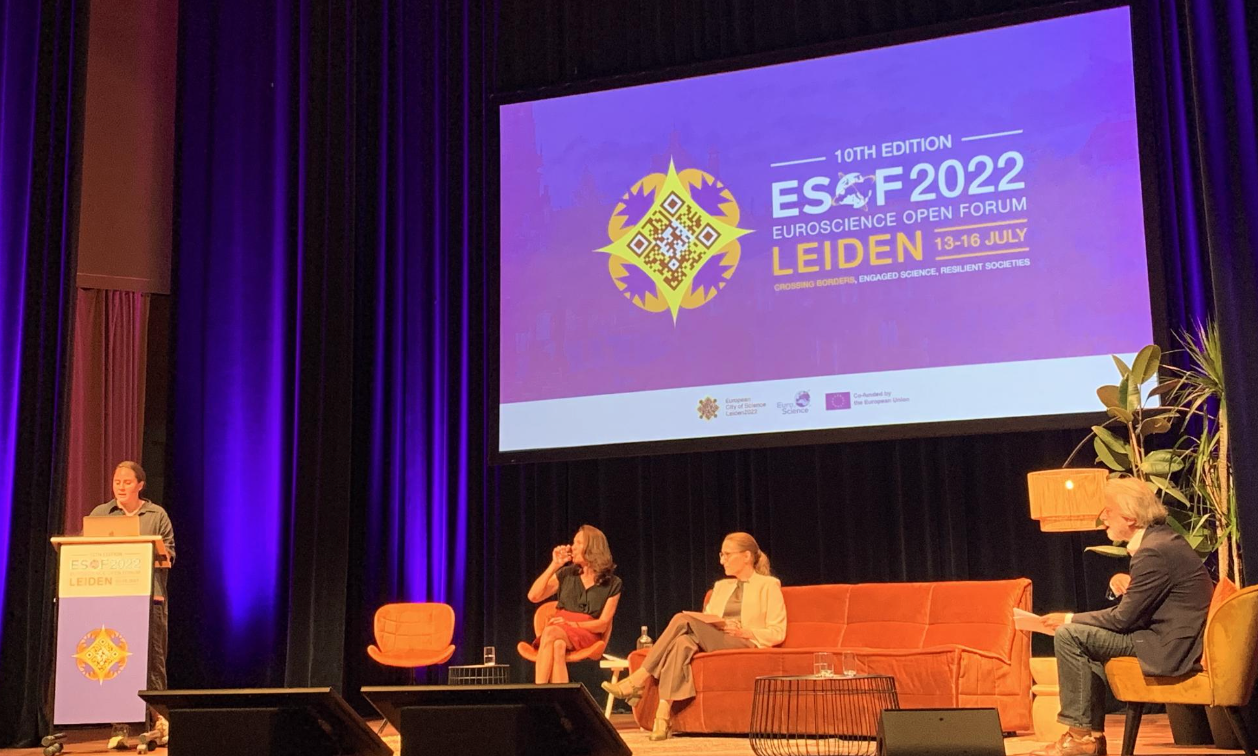
At the end of the session, Minna Valjakka showed examples of contested heritage, by bringing up the statue of Robert E. Lee, a Confederate general. Also, following the murder of George Floyd, protesters used the statue as support for Black Lives Matter, by reclaiming it with images of the movement. Another example, brought up by Valjakka, is the monument of King Leopold II in Belgium, in which a bronze hand of a depicted enslaved person was cut off, symbolising the atrocities committed by the Belgian ruler during the invasion and colonisation of Congo.
Mina Valjakka also contributed immensely to the debate with food for thought by introducing the idea of participatory heritage and the need to move from contested heritage to participatory heritage. In short, participatory heritage doesn’t necessarily engage with institutions, giving more attention to the creation than to the mediators. By doing this, heritage stops being commanded by policies, constraints, and controlled by a limited amount of heritage professionals. As a result of working under a shared participatory rule, individuals become more empowered to access heritage and to decide what constitutes heritage or not, as well as what could represent their communities, enabling a bottom-up approach.
